I’m pretty confused about the whole “propecia working on the frontal area/hairline” debate. It seems your various posts about the topic vary greatly in opinion of its efficacy. Let’s say I’m a 21 year-old male, Norwood 1.5 moving toward a 2 and my hair loss is undetectable to outsiders at this point. Would propecia be good to stop the hair loss at my hairline/front or could it reverse the thinner hairs? Or would I just absolutely be wasting my time with the drug? I also heard that frontal hair loss is caused by testosterone and propecia will have absolutely zero effect on it?
I’m quite confused and am getting tired of all the conflicts of interests/information. I’d say the miniaturization at my hairline is pretty mild at this point; the hairs almost look the same as the rest of the hairs on my head but I can just tell they are getting thinner. You say that if caught early enough, propecia works equally all over the head, but then you’ll say that it isn’t known to work on the hairline. For instance:
Why Is the Hairline Immune to Medication?
Could Propecia Shedding Be Cosmetically Significant?
What’s the deal??

I don’t know what conflict of interest you see, but I do see why you’re confused. In one post I said, “Propecia is not known to work on the hairline or reverse hair loss on the hairline (it happens in extremely rare cases).” In an older post I said, “Medication does work in the hairline, but I believe the hair loss has to be treated earlier.” It seems consistent to me, although perhaps a little ambiguous. Allow me to explain. Propecia (finasteride 1mg) isn’t reported in the literature to work at the juvenile hairline, which is the part that begins at the highest crease in the wrinkled brow and extends 2/3rds of an inch toward the back of the head. But I have seen rare cases of reversal of the leading edge of the mature hairline, which starts about 2/3rds of an inch above the highest crease in the wrinkled brow. One problem is that by the time the hair loss is noticed, it is too late for Propecia to do much good in the hairline. This is why I recommend mapping your scalp for miniaturization to be able to watch for this early loss. Hair loss has to be treated with finasteride just as it starts miniaturizing at the mature hairline if you want to try to halt the hairline from moving further back.
So what is the deal? This is the deal! I believe a Norwood Class 2 frontal loss reflects in most men, the loss of a juvenile hairline. I do not consider losing the juvenile hairline as balding. It is unknown if Propecia can impact the migration from a juvenile hairline to a mature hairline.
 If you have miniaturization behind the juvenile hairline location, I would think that a DHT blocker like Propecia could reverse that balding, but I’d be more confident that it would slow down or halt the loss in most cases for a 21 year old. I say “most cases”, because I haven’t examined your scalp and I just don’t know if you are heading to a Class 7 pattern (see diagram at right), where taking Propecia when you’ve got massive miniaturization may not help much. I wouldn’t think you’re wasting your time with the drug, but it could end up being the case.
If you have miniaturization behind the juvenile hairline location, I would think that a DHT blocker like Propecia could reverse that balding, but I’d be more confident that it would slow down or halt the loss in most cases for a 21 year old. I say “most cases”, because I haven’t examined your scalp and I just don’t know if you are heading to a Class 7 pattern (see diagram at right), where taking Propecia when you’ve got massive miniaturization may not help much. I wouldn’t think you’re wasting your time with the drug, but it could end up being the case.



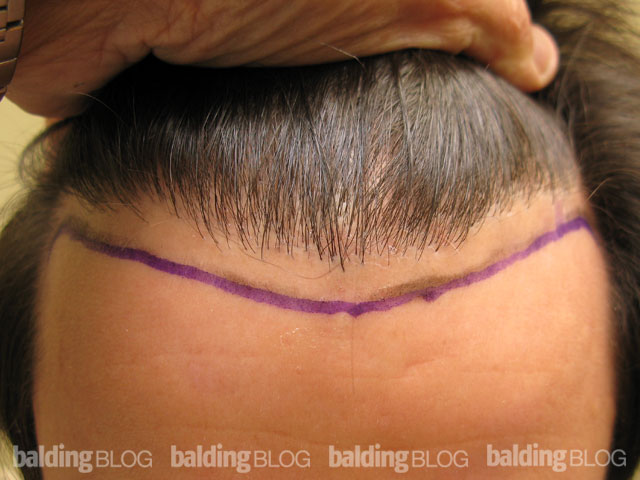
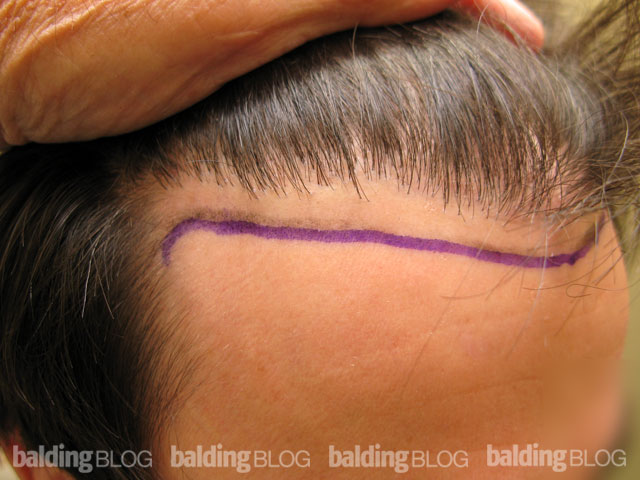
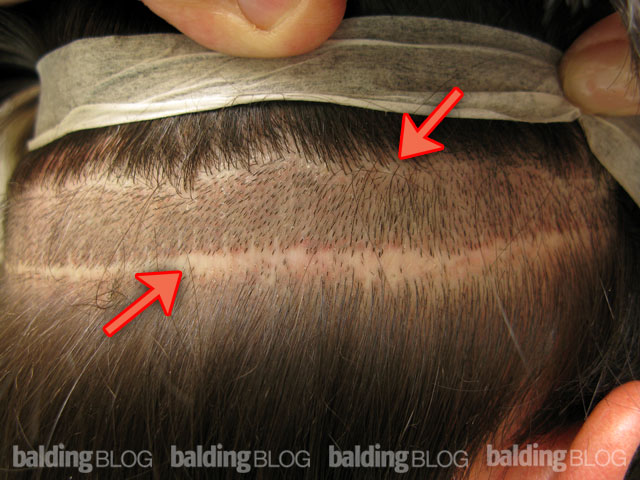
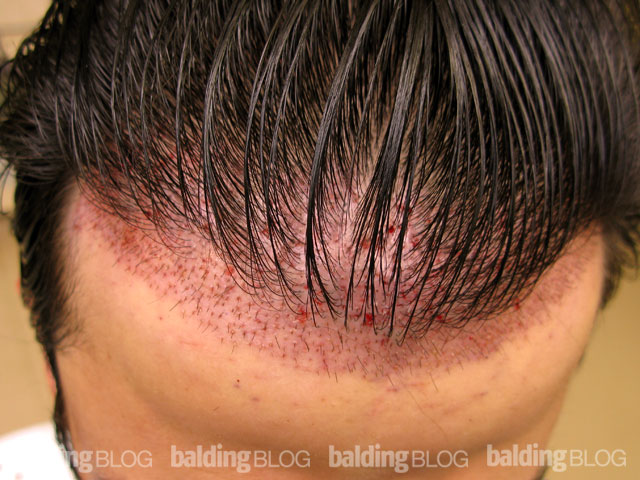
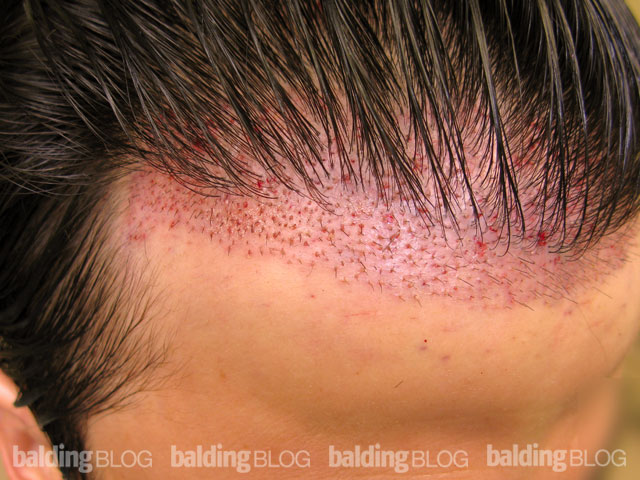
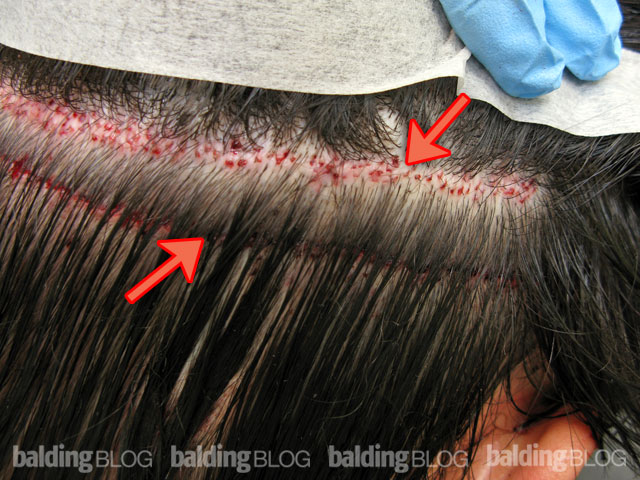
 If you have miniaturization behind the juvenile hairline location, I would think that a DHT blocker like Propecia could reverse that balding, but I’d be more confident that it would slow down or halt the loss in most cases for a 21 year old. I say “most cases”, because I haven’t examined your scalp and I just don’t know if you are heading to a Class 7 pattern (see diagram at right), where taking Propecia when you’ve got massive miniaturization may not help much. I wouldn’t think you’re wasting your time with the drug, but it could end up being the case.
If you have miniaturization behind the juvenile hairline location, I would think that a DHT blocker like Propecia could reverse that balding, but I’d be more confident that it would slow down or halt the loss in most cases for a 21 year old. I say “most cases”, because I haven’t examined your scalp and I just don’t know if you are heading to a Class 7 pattern (see diagram at right), where taking Propecia when you’ve got massive miniaturization may not help much. I wouldn’t think you’re wasting your time with the drug, but it could end up being the case.

 Hi Dr Rassman,
Hi Dr Rassman,